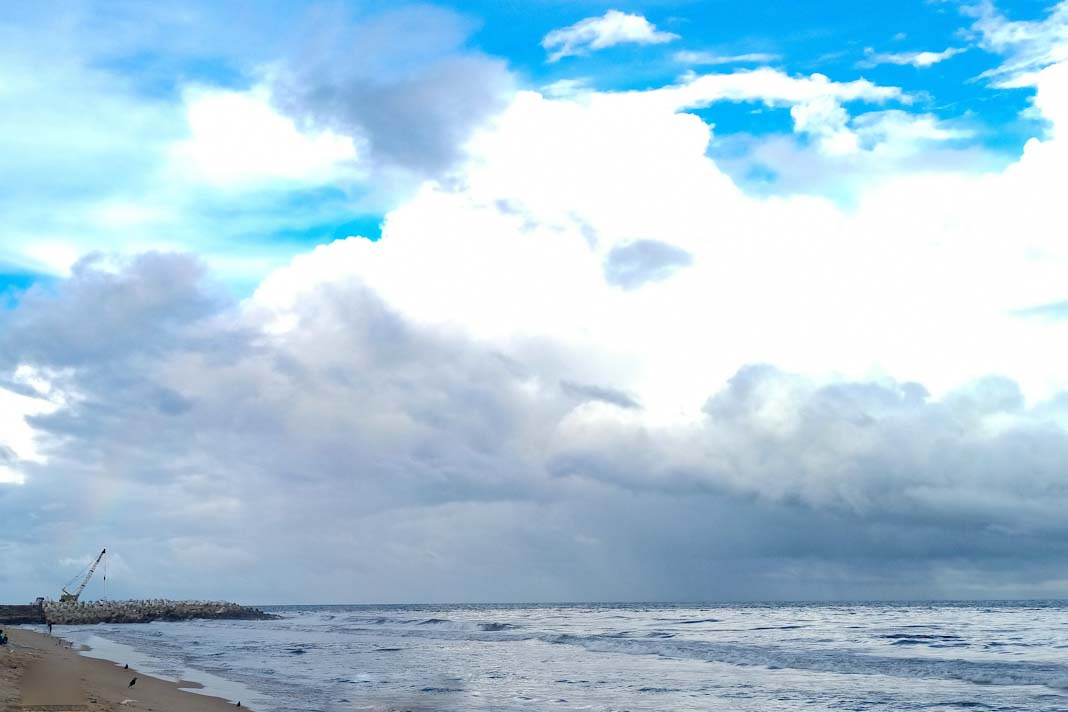
- Weak demand and excess tonnage kept the market bearish from Jan. 27 – Feb. 3.
- Spot rates fell due to limited scrap cargo supply.
- TCE rates for Rotterdam-Aliaga dropped by 9% (0.5% sulfur fuel) and 3% (scrubber-fitted).
- North Atlantic trans-Atlantic trade saw minimal activity, with spot rates declining.
- Rotterdam-Aliaga scrap route fell 2% to $14/mt, New Jersey-Aliaga down 3% to $20.5/mt.
The Supramax segment in the Continent and Baltic Sea regions faced another week of bearish trading, with weak sentiment persisting amid excess tonnage. Limited scrap cargo supply further pressured spot rates, leading to declining freight levels. The market continued to struggle with weak demand, with shipbrokers noting the absence of significant opportunities for improvement.
Declining TCE Rates and Market Spreads
TCE rates for the Rotterdam-Aliaga 40,000 mt ferrous scrap route saw a week-on-week decline, with 0.5% sulfur marine fuel rates dropping by 9% to $6,701/d and scrubber-fitted ship rates decreasing by 3% to $8,195/d on Feb. 3, according to Platts. The spread between laden and ballasting vessels in the Continent region narrowed to 33 in week 5, reflecting a stagnant market.
Minimal Activity in the North Atlantic
In the North Atlantic, trans-Atlantic tonnage supply remained balanced, with 18 laden Supramax vessels compared to 8 ballasters in week 5. However, weak demand caused spot rates to decrease across both North Atlantic and trans-Atlantic trades.
Scrap Cargo Shipments Under Pressure
Platts assessed the Rotterdam-Aliaga 40,000 mt scrap route at $14/mt on Feb. 3, a 2% drop week on week. The New Jersey-Aliaga trans-Atlantic scrap route was assessed at $20.5/mt, down 3% week on week. Supramax-Ultramax shipments from Northwest Europe and the Baltic to Turkey remained subdued, with completed journeys increasing by less than 1% week on week.
Did you subscribe to our daily Newsletter?
It’s Free Click here to Subscribe!
Source: S&P Global














